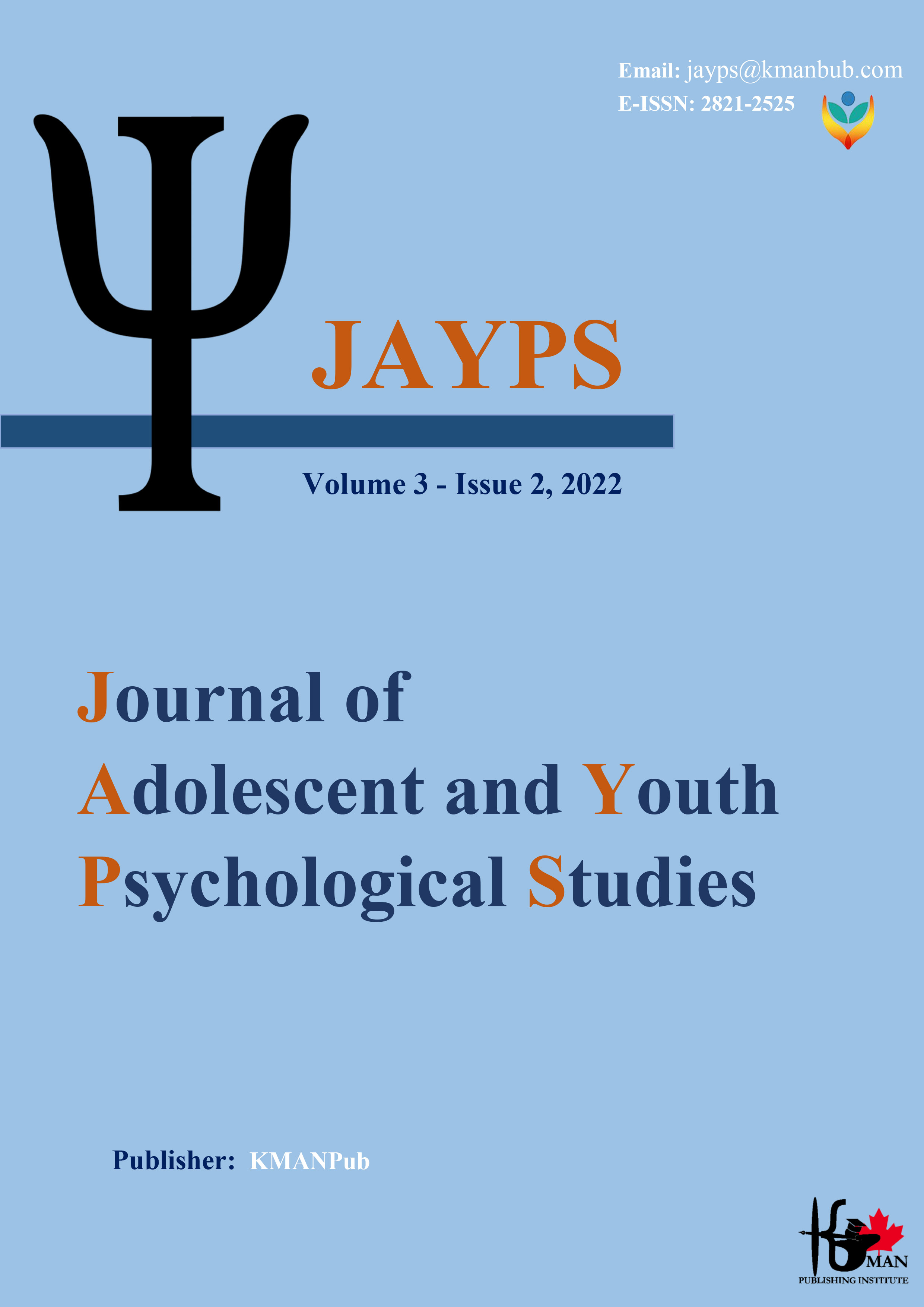The prediction of Nomophobia Based on Perceived Parenting Styles with Mediating Role of Loneliness
Keywords:
loneliness, nomophobia, perceived parenting styles.Abstract
Background and Aim: Considering the prevalence of mobile phone use and more dependence on it, it is necessary to know the factors affecting it, The purpose of this study was to study prediction of nomophobia based on perceived parenting styles with mediating role of loneliness. Research method: This research was a descriptive study of structural equation modeling. This study was conducted in the presence of 500 student by available sampling method among students Kashan city in year academic 1400-1401. To measure the variables, nomophobia questionnaire of Yildirim and Correia (2015), parnetal styles questionnaire of Naghashian (2006) and short form of the social and emotional loneliness scale for adults of DiTommaso and et al (2004) were used. Data were analyzed using Pearson correlation and structural equation modelling with using SPSS-24 and AMOS software was investigated. Results: The results showed that there is a positive and significant relationship between perceived parenting and loneliness with nomophobia (P <0.01). The results also showed that most of the direct paths of this study were significant and the indirect paths of perceived parenting styles were significant through the mediating role of loneliness on nomophobia. Conclusion: proposed model had an acceptable fitness to the data (RMSEA=0/062, P-value<0/05) and evaluated model has a good fit and is an important step in identifying the factors that are effective in nomophobia in students.
Downloads
Downloads
Published
Issue
Section
License

This work is licensed under a Creative Commons Attribution-NonCommercial 4.0 International License.









